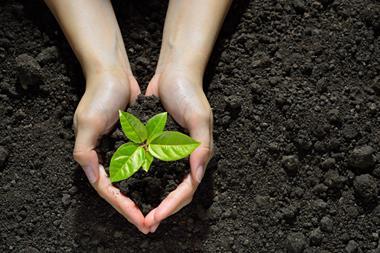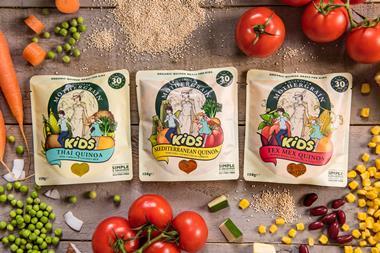The Grocer Blog: Daily Bread
Food trends can feel, well, a bit pretentious. As much as we might talk about a rare South American fruit being the next big thing, it can be hard to imagine a truly mainstream following. Algae may have been tipped as a hot trend in 2018, but it rarely makes an appearance outside high-end restaurants. Broccoli coffee made headlines, but for all the wrong reasons. And celery juice? Well, that’s best left to the Kardashians and those who believe celery is acceptable in liquid form.
Yet today’s Future 50 Foods report shows trend predictions aren’t always based on the unrealistic whims of a high-end chef in East London. The Knorr and WWF-backed study forecasts which foods are expected to gain popularity in coming years – because of their sustainability, rather than their hipster kudos. Many of these foods featured in The Grocer’s trend predictions for 2019.
Protein-rich grain amaranth is tipped to become a rival to rice. Bambara groundnuts, which originate in West Africa, are predicted to enjoy a boost as interest grows in the region’s cuisine. The Filipino purple yam – ube – is another food on the future list, after The Grocer marked out purple veg as a trend to watch in 2018.
As the Future 50 report explains, the use of these ingredients may well be vital rather than trendy. Knorr’s global vice president April Redmond makes the point that 75% of what the world eats comes from just 12 crops and five animal species, “which has serious implications for both the health of our rapidly growing population and the health of our planet”.
The keto diet: a trend with mainstream potential?
Similarly to last month’s Eat-Lancet report, the Future 50 Foods study argues the case for adopting a more plant-heavy diet. For that reason, it’s advocating the consumption of protein-rich foods such as amaranth and flax seeds to “support a shift towards eating fewer animals”. But the report is clear that all plants are not equal in terms of sustainability. It puts the likes of buckwheat and fonio on the list because “for both environmental and health reasons, there is a pressing need to vary the types of grains and cereals grown and eaten”. Mushrooms such as enoki and maitake are also included because of their “unique ability to grow in areas unsuitable for other edible plants”.
Granted, we probably won’t all be eating a meal of amaranth with maitake mushrooms and flax seeds any time soon. But as manufacturers start incorporating these ingredients into their foods – it is easy to imagine them gradually becoming part of everyday cuisine. It wasn’t long ago we all thought quinoa was a bit ‘clean eating’ and poncey, after all.
So in the name of sustainability, consumers may start gradually broadening their culinary horizons towards such delicacies as buckwheat, ube or even seaweed. As long as it’s not celery juice. Because no amount of environmental credentials could save celery juice.

























No comments yet